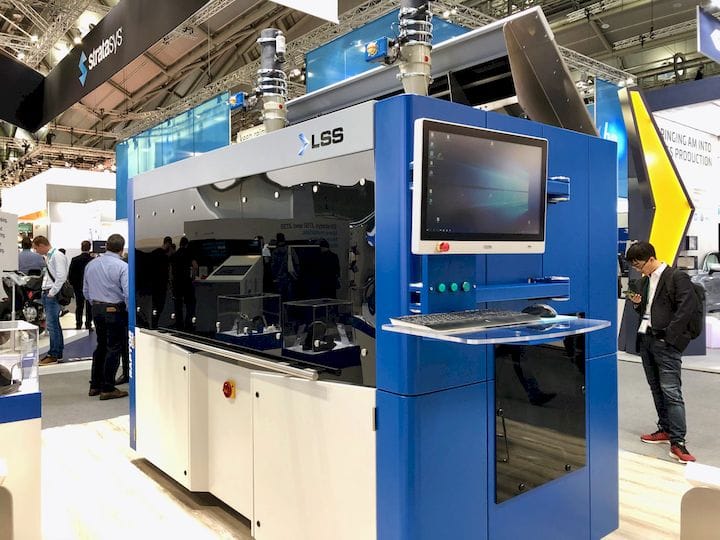![The LSS Raptor 3D printer [Source: Fabbaloo]](https://fabbaloo.com/wp-content/uploads/2020/05/image-asset_img_5eb09709e5517.jpg)
There are several factors that determine whether a 3D printer is successful.
Many people following the development of 3D printing overly focus on technical aspects, which are of course critical to the success of a device, but they are by no means the only factor. In fact, multiple other factors must be met for success to be achieved.
But first, what do we mean by “successful”? In this post, successful means a device that is accepted, trusted and admired by a large paying customer base.
What factors must a 3D printer company work on to succeed? Here’s our list of some top considerations:
Persona
Who, exactly, is the device targeted for? You cannot build a generic machine for “anyone”. No such device could exist. In order to develop all of the remaining factors, you must know to whom you are selling. One useful way to do this is to imagine a “persona” of a typical person or company that represents the target. Give them a name, and imagine their budget, habits, needs, fears, and other aspects. Once you understand this, you can then move on to the remaining factors.
Market
If you know the persona, then you can find actual persons / companies that fit that profile. You need a list of them and their locations, and how to reach them, which might be directly or perhaps through advertising. You need to know how many of them there are, and how many are likely to, or potentially could, buy your device.
Technology
Your device must obviously work correctly, but it should be designed with the persona of the user in mind. It should include features that the persona would truly find beneficial. Added features that might be fun or interesting to you might be of little interest to the target market.
Quality
The device as designed must meet the expected quality standards for the particular target group. Some may be forgiving, but others may not. And by quality we mean not only the print quality, but the machine quality: is it sufficiently reliable? How often does it break? How easy is it to repair? Can you test the device with friendlies before committing to large-scale manufacturing?
Manufacturing
If you know the machine design, and you know how many units are likely to be purchased, at least initially, you can properly plan a manufacturing cycle. This will involve not only assembling the device itself, but also sourcing all the component parts (of appropriate quality, of course) and all the logistical challenges that go with that. In some cases, 3D printer companies are not capable of this type of work and thus must outsource manufacturing to a contract operator.
Pricing
If you know the machine design, the component cost and the number of units required, then it is possible to determine your costs to produce the machine. Then, setting a retail price can be done sensibly. Some companies incorrectly set their price below the cost to produce the machine and are quite sorry later. The cost should fit within the persona’s constraints. If not, then you must redesign the machine.
Distribution
How is the machine to be sold? Directly? Through resellers? Both? Where would the persona expect to purchase it? Where would the persona not be expected to purchase the device? Are you able to create a sales force that can cover the required geography? Do you need to partner with a company that already has a distribution force? Are you capable of selling the device online?
Support
As everyone knows, 3D printers are notoriously unreliable devices, and thus any company selling one had better organize a support structure and service that can address the needs of the persona. What kind of support is primarily required? Online? On-site? By email? Chat? Phone? All of the above? How responsive does the support need to be? How much will it cost your customers when the machine is down? What can they afford to pay for support? Would their purchasing decisions change based on support aspects? How do you handle customers in difficult situations?
Financing
Designing and testing a device does not pull in a great deal of revenue, and so you must have a plan to fund operations while awaiting revenue. Even if your machine is priced to be profitable, you need operating funds to be afloat until the machine is for sale. This is a dangerous period, as you must pay not only for your staff, but also for the massive number of component parts required to build the machines.
So you can see to be a successful 3D printer manufacturer there is far more to worry about than the machine itself. In some ways, the technology part is only incidental to the other parts of the business.











No one seems to offer collaborative 3D printing modes on dual extrusion devices. We explain why this is the case.